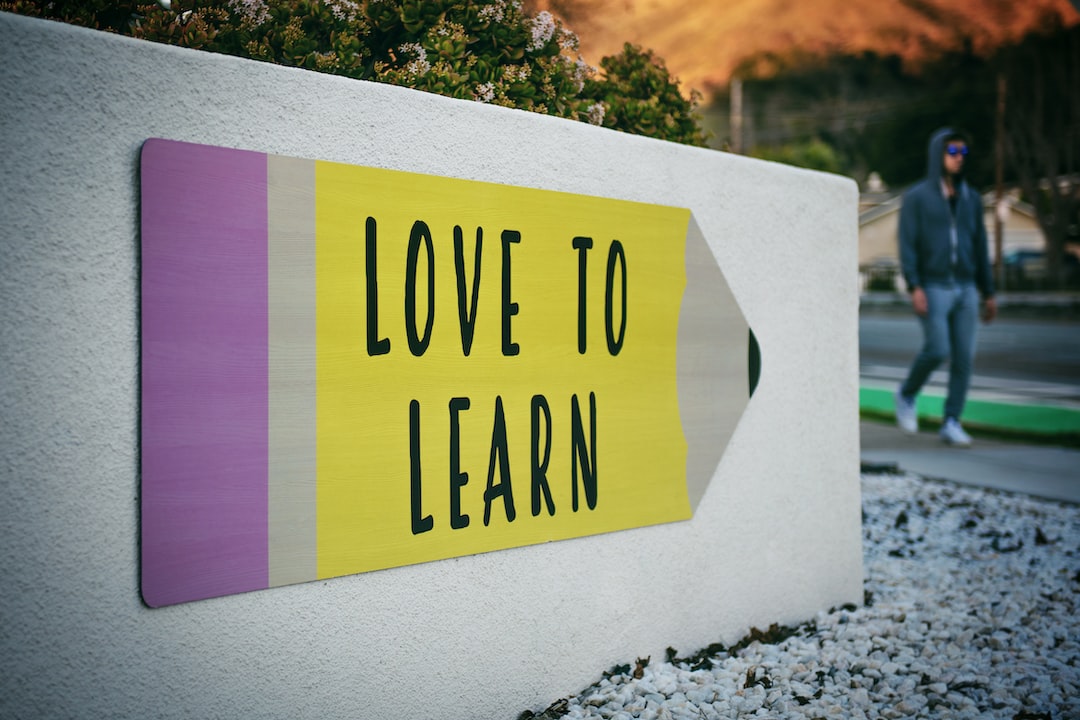Title: The Power of Feedback: Building a Constructive Learning Environment
Introduction
Feedback is an essential component of the learning process, providing students with valuable information about their progress and areas for improvement. Building a constructive learning environment relies heavily on effective feedback methods, which fosters growth, enhances student motivation, and ultimately leads to better learning outcomes. In this blog post, we will explore the power of feedback and how it contributes to creating an optimal learning environment.
Clear and Specific Feedback
Constructive feedback should be clear, specific, and actionable. Generic praise does little to promote growth as it doesn’t give students a clear understanding of what they did right. Instead, focusing on specific aspects of their work or performance can guide them towards improvement. For instance, rather than saying “Good job!” a teacher can provide targeted feedback like, “You did a great job analyzing the theme in your essay; however, you should include more evidence to support your argument.” Specific feedback not only helps students understand their mistakes but also gives them a roadmap for improvement.
Encouraging Growth Mindset
Feedback plays a powerful role in developing a growth mindset in students. Emphasizing effort, progress, and the belief that intellect can be developed through hard work fosters a positive learning environment. By focusing on the improvement rather than the final result, students learn to embrace challenges and see setbacks as opportunities for growth. Teachers can achieve this by providing feedback that highlights areas where students have made progress and suggesting areas for further development.
Peer Feedback
Incorporating peer feedback into the learning process has numerous benefits. When students provide feedback to their peers, it not only encourages collaboration and interaction but also promotes the development of critical thinking skills. Peer feedback allows students to view their work from a different perspective, which enhances their ability to self-assess and identify areas for improvement. Moreover, it strengthens communication and interpersonal skills, preparing students for the real-life scenarios where feedback and collaboration play crucial roles.
Timely Feedback
Timing is crucial when it comes to feedback. Providing immediate feedback allows students to connect it with their work or performance. It helps them make connections between actions and outcomes, leading to a better understanding of their strengths and weaknesses. If feedback is delayed, students may struggle to see the relevance and are less likely to act upon it. Engaging students in a continuous feedback loop ensures that their progress is continually monitored and nurtured.
Conclusion
Building a constructive learning environment through effective feedback is a powerful tool in enhancing student growth, motivation, and overall performance. By providing clear and specific feedback, encouraging a growth mindset, incorporating peer feedback, and delivering timely feedback, teachers can create optimal conditions for student success. It is crucial for educators to recognize the power of feedback and leverage its potential to unlock the full potential of their students.

